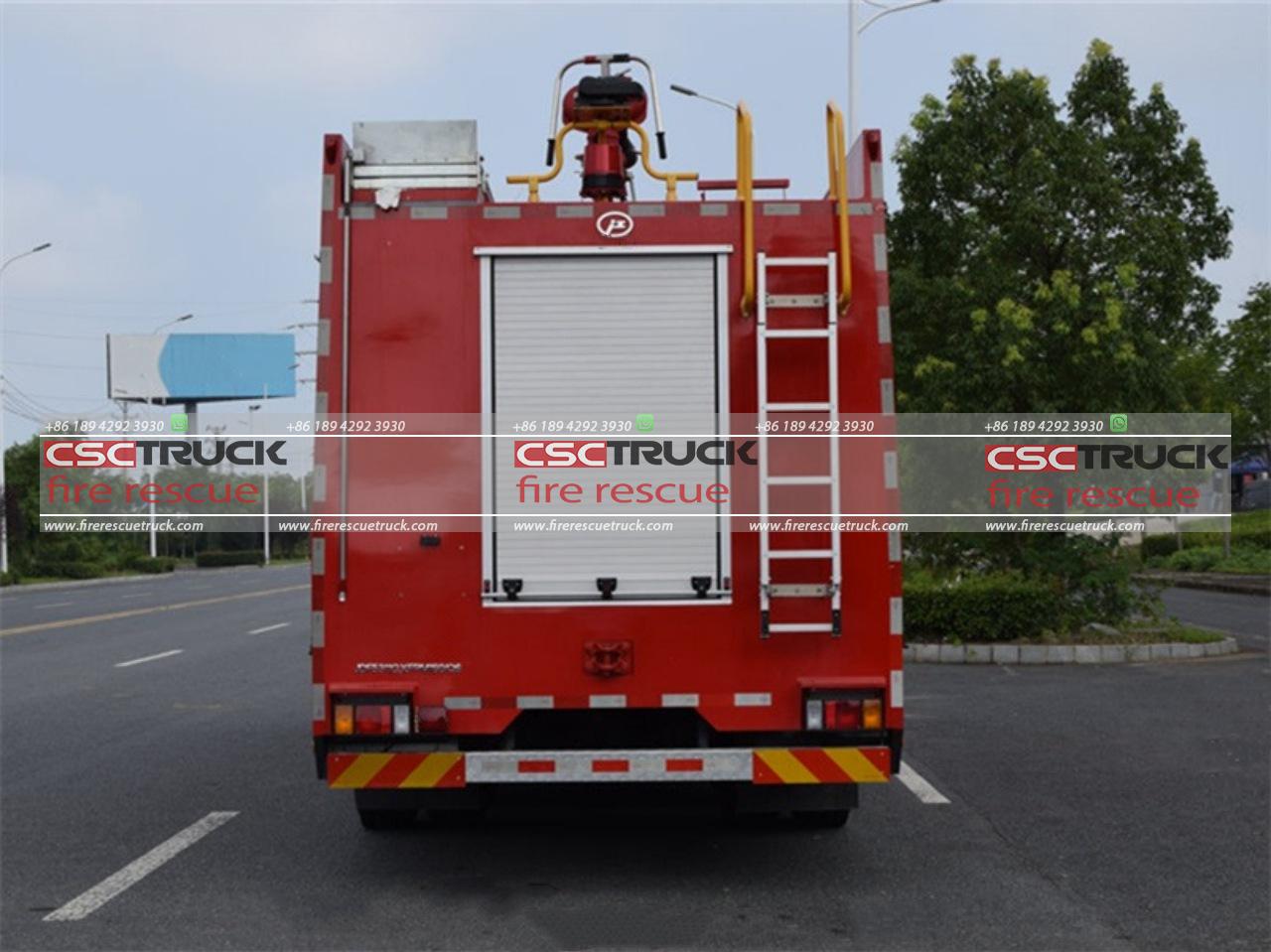What is Firetruck in Chinese?
The term “firetruck” is a part of everyday vocabulary in English, conjuring images of large red vehicles racing down the street with flashing lights and blaring sirens. However, the concept of a firetruck is not unique to English-speaking countries. Around the world, different cultures have developed their names for this essential emergency vehicle, including in Chinese-speaking communities. Understanding the Chinese term for firetruck, along with its cultural and linguistic connotations, can give deeper insights into how emergency services are perceived and described in China and other regions that use the Chinese language.
Translation and Pronunciation of “Firetruck” in Chinese
In Chinese, the word for firetruck is **消防车** (xiāofáng chē). This term is composed of three Chinese characters, each contributing to the overall meaning of the word:
– **消** (xiāo): This character means “to eliminate” or “to extinguish.” It implies an action of putting out something, which fits the firetruck’s role in extinguishing fires.
– **防** (fáng): This character means “to prevent” or “to guard against.” Combined with “xiāo,” it suggests the prevention and control of dangerous situations, such as fires.
– **车** (chē): This character simply means “vehicle” or “car.” When combined with the previous two characters, it indicates that this is a specialized vehicle used for firefighting and rescue operations.
Putting it all together, **消防车** (xiāofáng chē) can be translated as “firefighting vehicle” or “fire prevention vehicle,” which effectively describes the purpose of a firetruck.
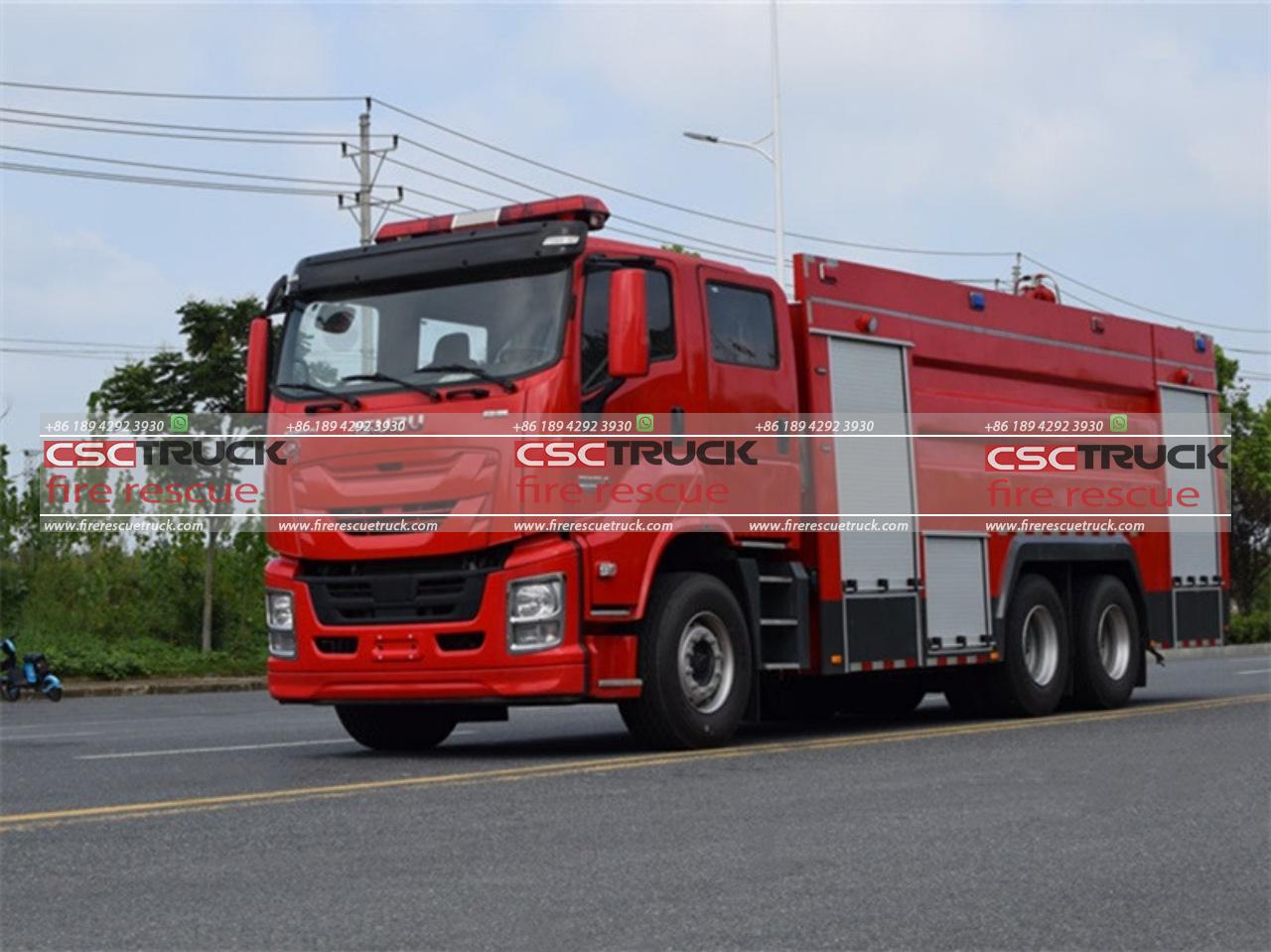
Dialects and Regional Variations
The standard term **消防车** is used in both Mainland China and Taiwan. However, due to the diversity of Chinese dialects and the influence of local languages, there can be slight variations in pronunciation and usage. For example, in Cantonese, which is spoken in Hong Kong and parts of southern China, **消防车** is pronounced as **siu fong che**. The characters and meaning remain the same, but the sound is different due to the unique phonetics of Cantonese.
Historical Development of the Chinese Term for Firetruck
The concept of firefighting in China dates back centuries, but the modern term **消防车** did not exist until the late 19th and early 20th centuries, when Western-style firefighting equipment and techniques began to be introduced to China. Before that, traditional fire brigades relied on simpler methods like buckets and rudimentary water pumps. The arrival of Western technology brought with it new vocabulary, and **消防车** became the accepted term to describe these modern firefighting vehicles.
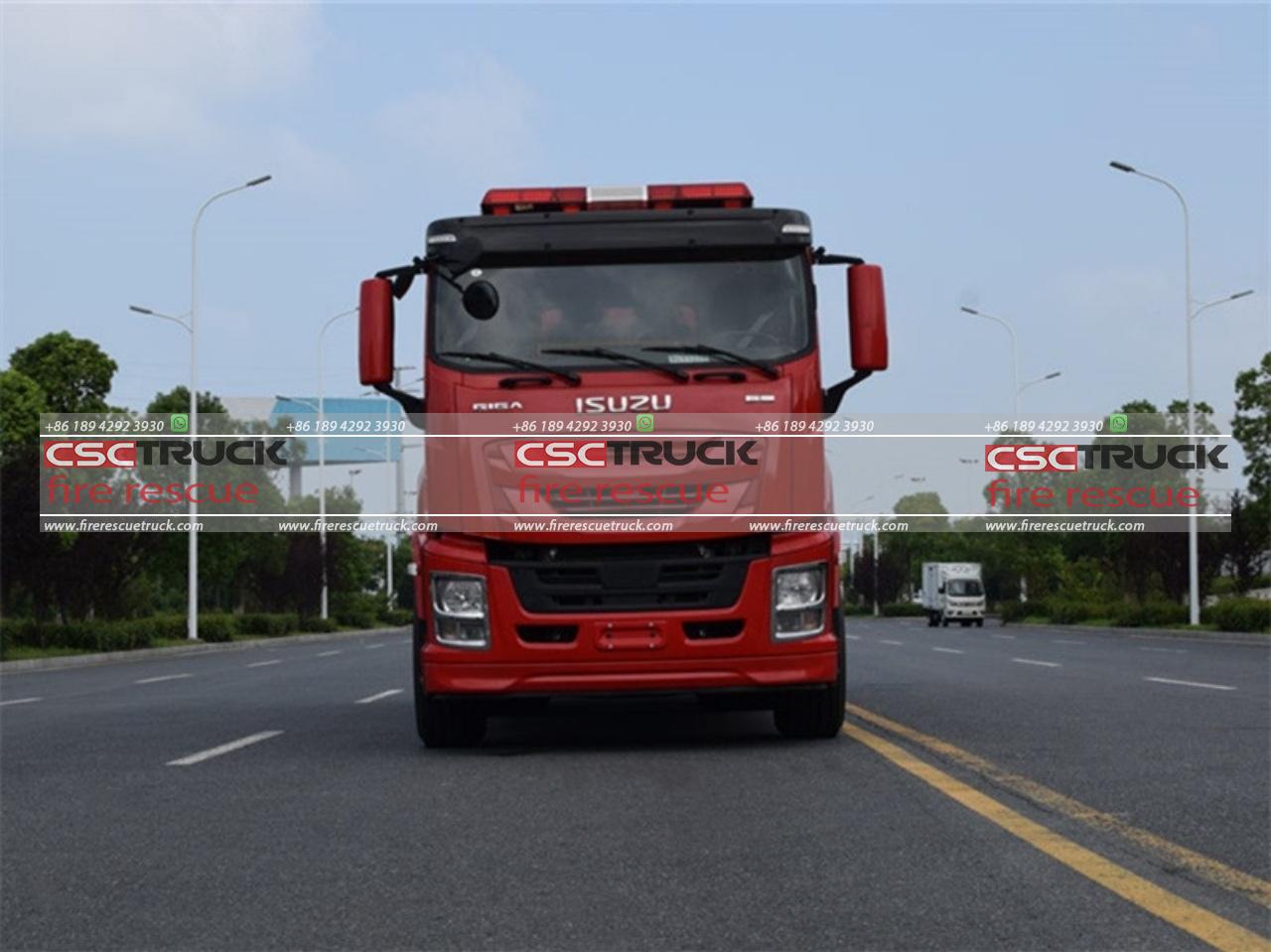
Cultural Perception and Usage
The way a language describes an object or concept can reflect cultural attitudes toward it. In the case of **消防车**, the term is neutral and descriptive, focusing on the vehicle’s purpose rather than invoking emotional or symbolic meanings. This differs from some Western terms, which may emphasize the heroism or urgency associated with firefighting.
The characters **消** and **防** also suggest a broader approach to emergency management, focusing on both extinguishing and preventing fires. This reflects the dual role of fire services in China, which are not only responsible for responding to emergencies but also for educating the public about fire safety and implementing fire prevention measures.
Expanded Vocabulary Related to Firetrucks
The basic term **消防车** encompasses various types of firetrucks. However, in professional and technical contexts, more specific terms are used to describe different types of firefighting vehicles:
1. **救援消防车** (jiùyuán xiāofáng chē): Rescue firetruck. This type of vehicle is equipped with tools for rescuing people from dangerous situations, such as car accidents or building collapses.
2. **云梯消防车** (yúntī xiāofáng chē): Aerial ladder firetruck. These trucks are equipped with a telescoping ladder and are used for reaching high places, such as the upper floors of buildings.
3. **水罐消防车** (shuǐguàn xiāofáng chē): Water tanker firetruck. These vehicles carry large quantities of water and are used in areas without sufficient water supply.
4. **泡沫消防车** (pàomò xiāofáng chē): Foam firetruck. These trucks are used to extinguish fires caused by flammable liquids, such as oil or gasoline.
Each of these specialized vehicles serves a different function within the broader category of **消防车**, showcasing the complexity and versatility of modern firefighting equipment in China.
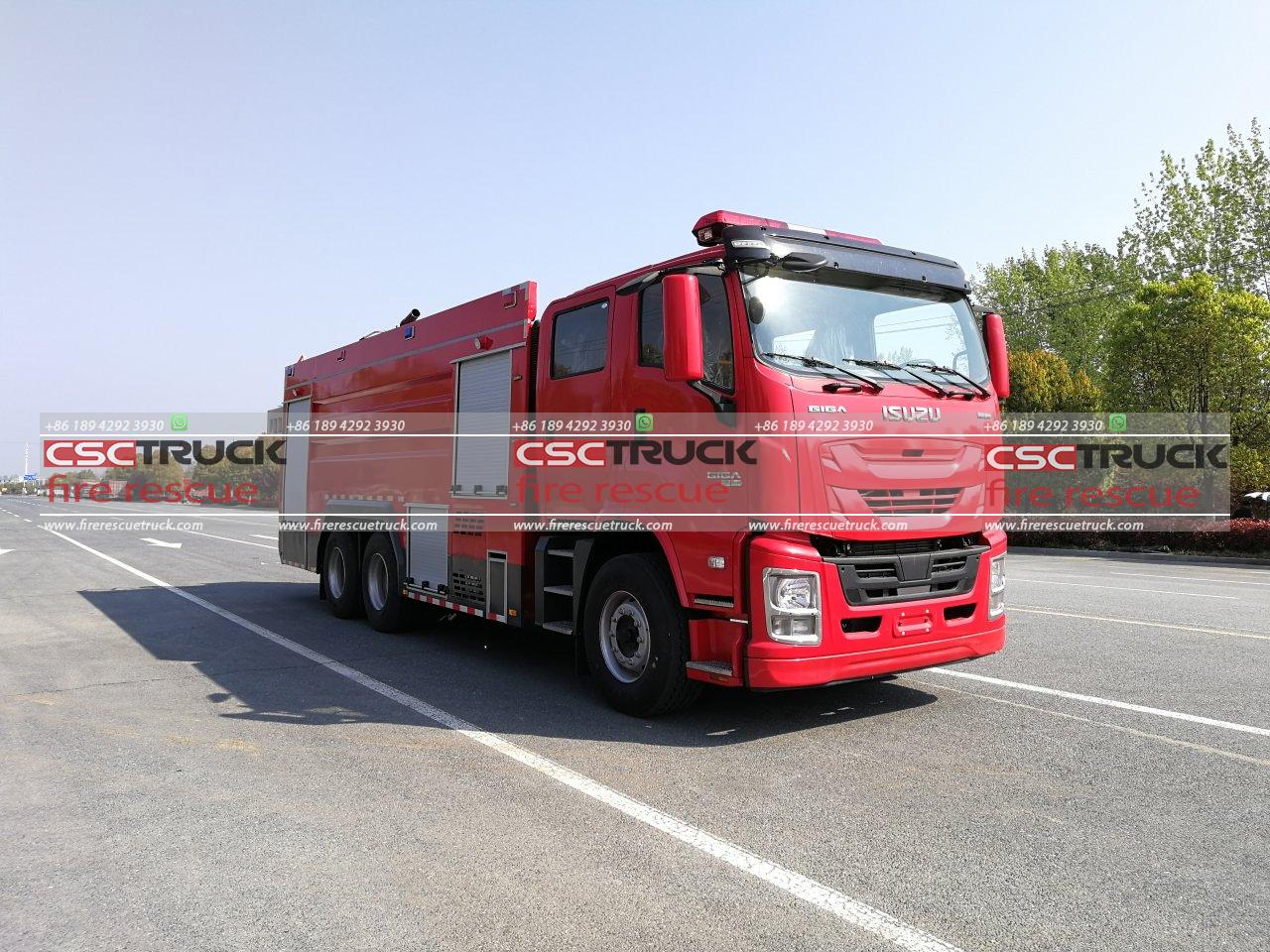
The Role of Firetrucks in Chinese Society
In China, firetrucks are seen as symbols of safety and protection. They are a visible representation of the government’s commitment to public safety and emergency response. The sight of a **消防车** rushing through traffic, sirens blaring, is a reminder of the presence and preparedness of emergency services.
In recent years, public interest in firetrucks and firefighting has increased, partly due to the popularity of social media platforms like Weibo and Douyin (TikTok in China). Videos showcasing firetrucks in action or firefighters conducting drills often go viral, bringing attention to the professionalism and dedication of the firefighters. This has led to a more positive perception of fire services in Chinese society.
Firetrucks as Educational Tools
Firetrucks are also used as educational tools in China. Schools and community centers often invite firefighters to give demonstrations, allowing children to see a **消防车** up close and learn about its functions. These educational activities are part of a broader effort to promote fire safety awareness from a young age.
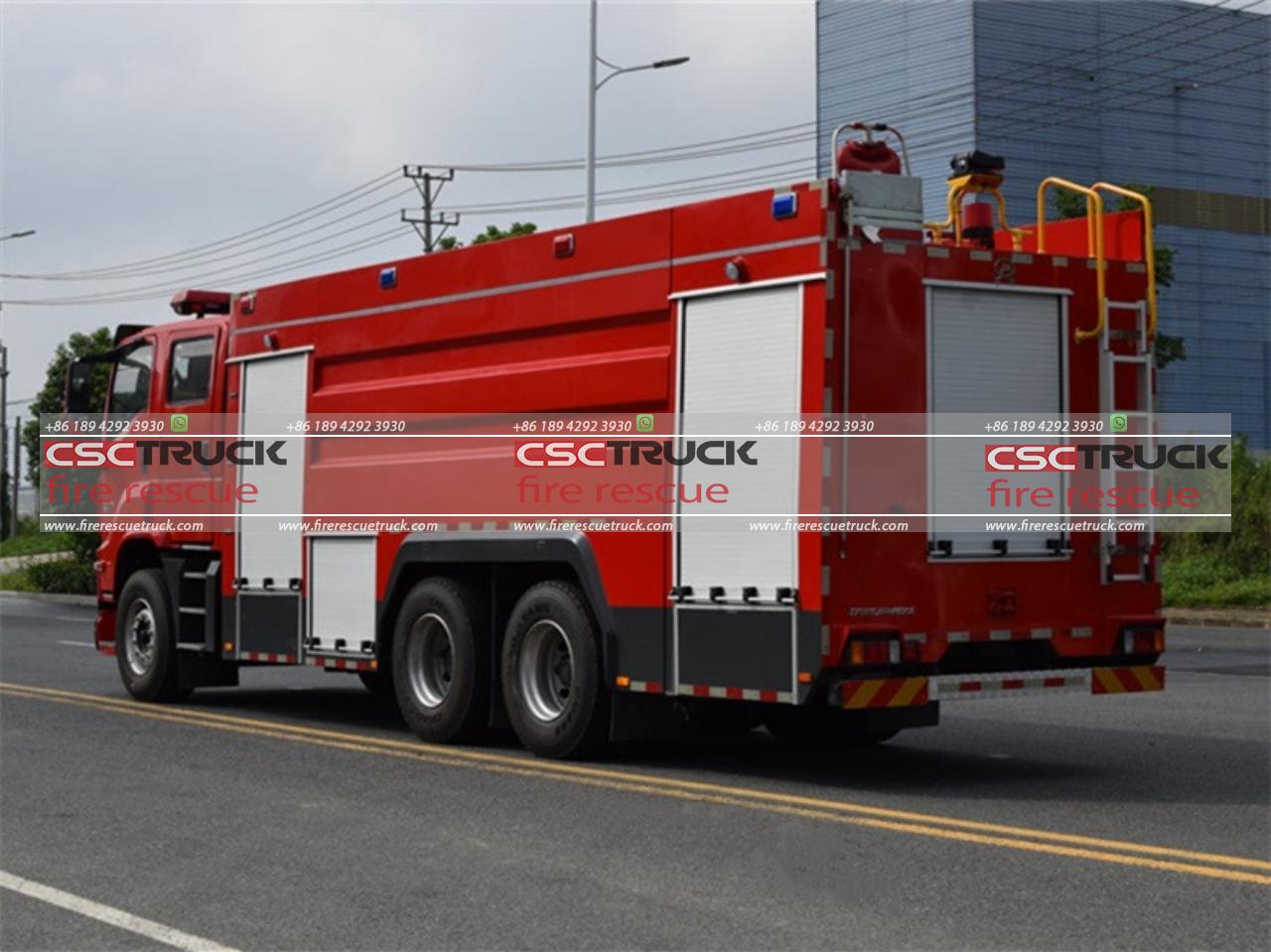
Differences Between Chinese and Western Firetrucks
While the basic function of firetrucks is the same worldwide, there are some differences between Chinese and Western firetrucks in terms of design and equipment. For example, Chinese firetrucks are often designed with narrower profiles to navigate the tight streets of many Chinese cities. They may also be equipped with tools and technology that cater specifically to local needs, such as equipment for high-rise firefighting, which is crucial in cities like Shanghai and Beijing with numerous tall buildings.
Conclusion
The Chinese term for firetruck, **消防车** (xiāofáng chē), encapsulates the dual role of firefighting and fire prevention. It is a neutral, functional term that reflects the Chinese approach to emergency services. Understanding this term and its cultural context not only provides a clearer picture of how firetrucks are perceived in Chinese-speaking communities but also highlights the importance of language in shaping our understanding of public safety and emergency response.
Whether seen as a symbol of safety or an educational tool, the **消防车** holds an important place in Chinese society, representing the constant vigilance and readiness of those who protect the community from the dangers of fire.
